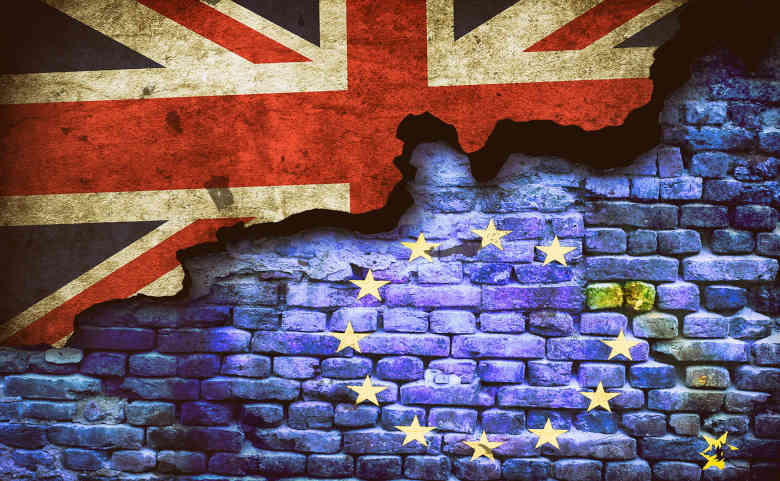Briefings for Britain, April 17, Catherine McBride
The Financial times seems to have used every trick in the misinformation handbook to mislead its readers about UK trade since Brexit. Catherine McBride explains how this was done and the truth about UK trade – spoiler alert – it’s not ‘a disaster’.
As it was the G7’s 50th birthday on March 25th, it might be a good time to remind the FT why the G6/7/8/7 was formed. It was originally only six countries: The US, Japan, the UK, France, West Germany, and Italy. Their common trait was that they had relatively large populations, they were not communist, and they were not members of OPEC. Canada was a later addition to the original six, joining in 1976 and making it the G7. The EU started to attend meetings in 1981 although not formally added to the name. Russia was invited to join in 1998 making it the G8 but was expelled in 2014 after invading Ukraine. So, the group reverted to being the G7.
The G7 was originally formed to discuss international economic policy and the global economic downturn caused by OPEC’s oil price increase, the collapse of the world’s system of fixed currency exchange rates and their raging inflation problems. But in the 1980’s the Group became more concerned with foreign policy and security issues.
One thing that the G7 was not then, and is still not now, is a group of countries with similar economies. The US economy dwarfs all of the other G7 countries’ economies, while the two biggest G7 economies – the US and Japan – make up over two thirds of the total G7 GDP. The G7 doesn’t even represent the world’s seven largest economies – they would have to include China and India and knock out Italy and Canada, to do that.
So, there is really no reason to compare G7 economies. Yet true to form, last week the Financial Times (FT), published an article entitled: UK’s goods exports lowest in G7 following Brexit, study finds.
Click here to read the piece in full.

